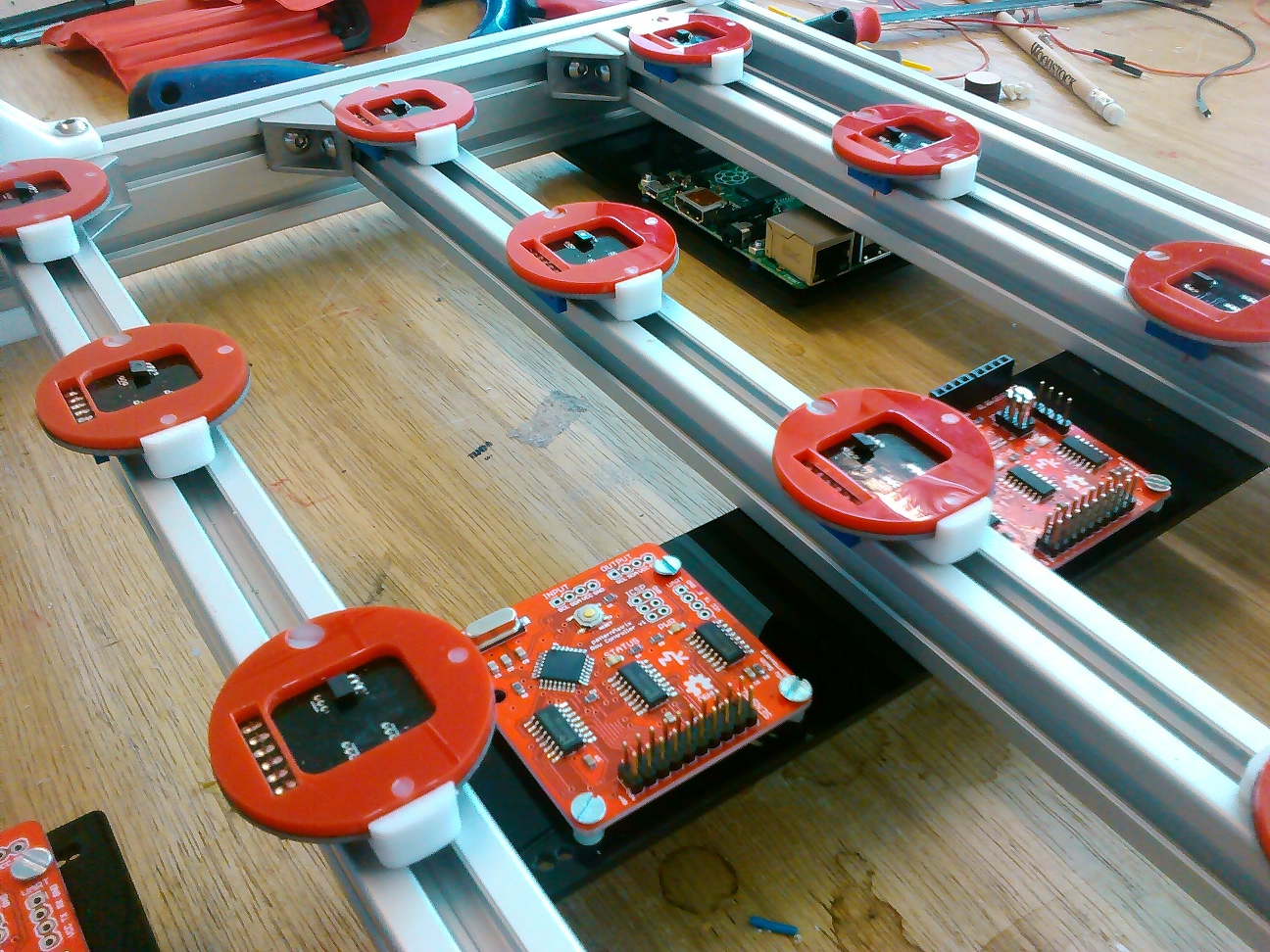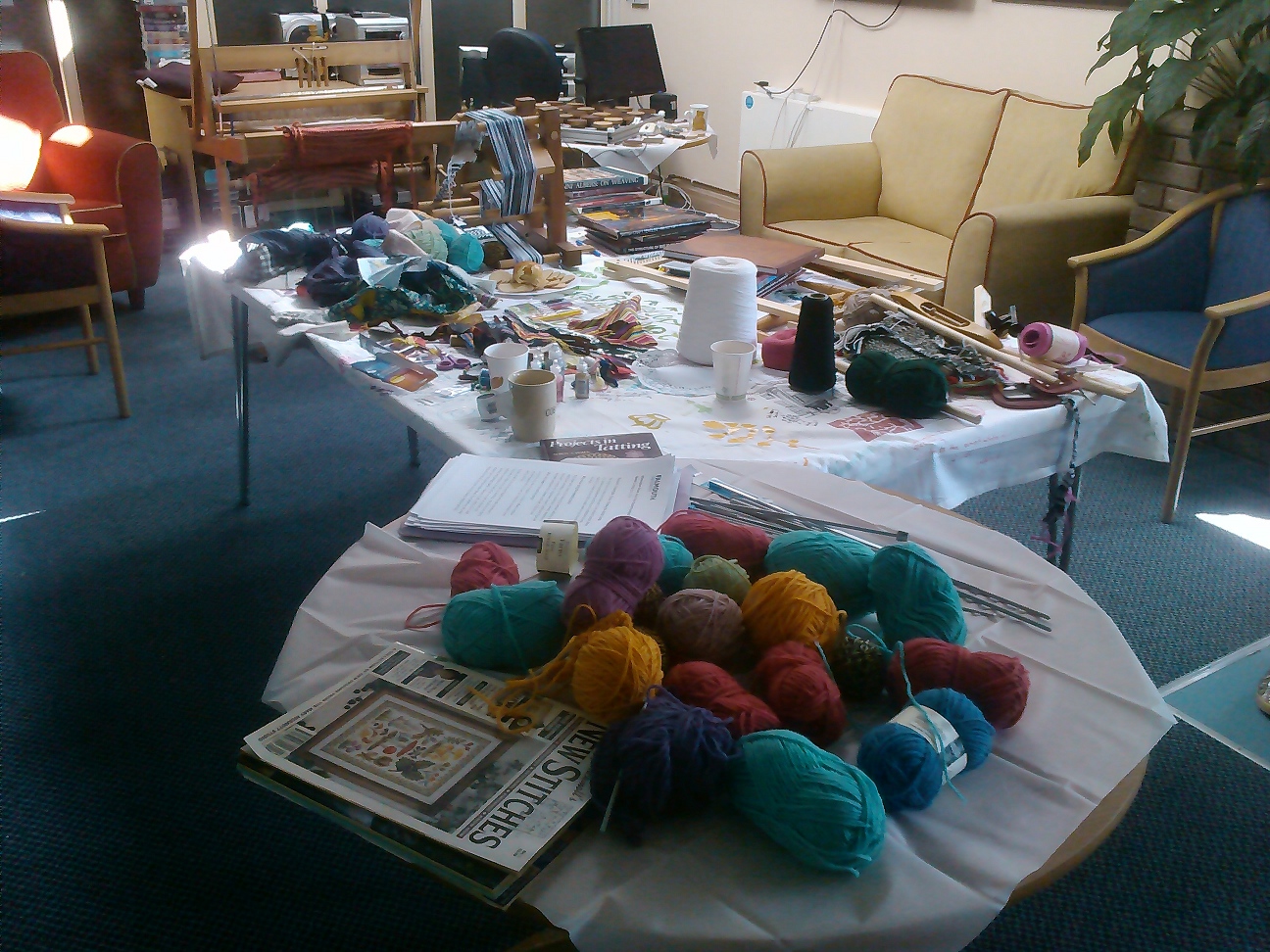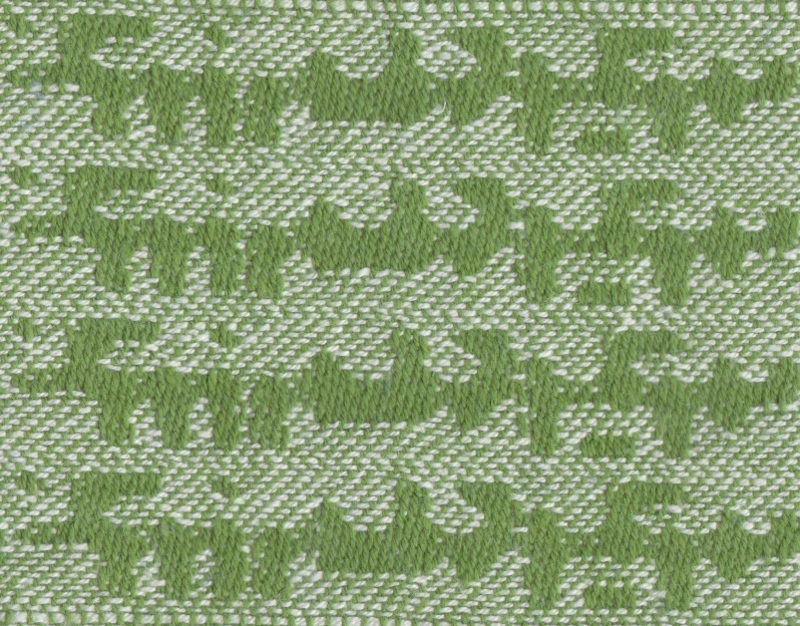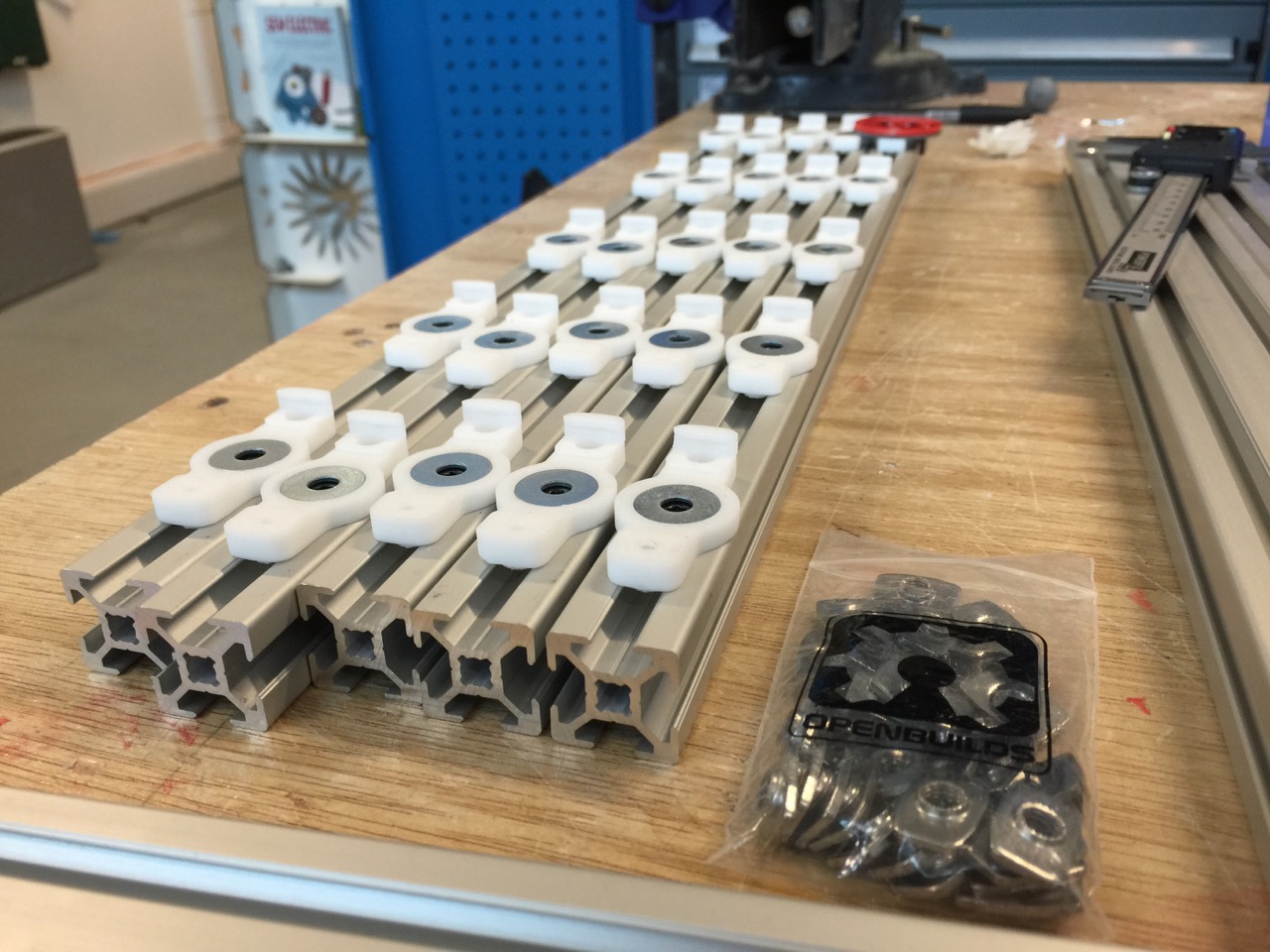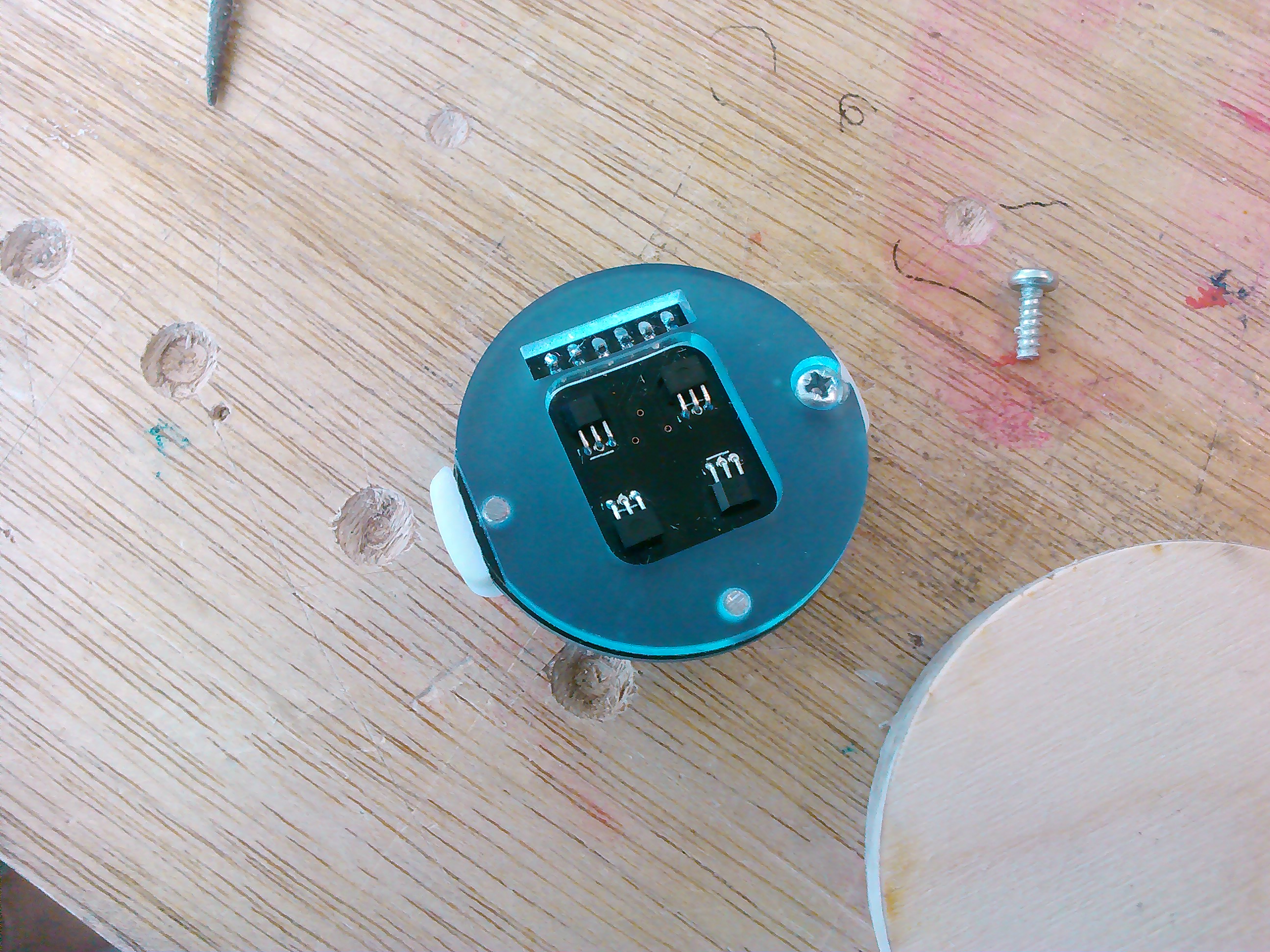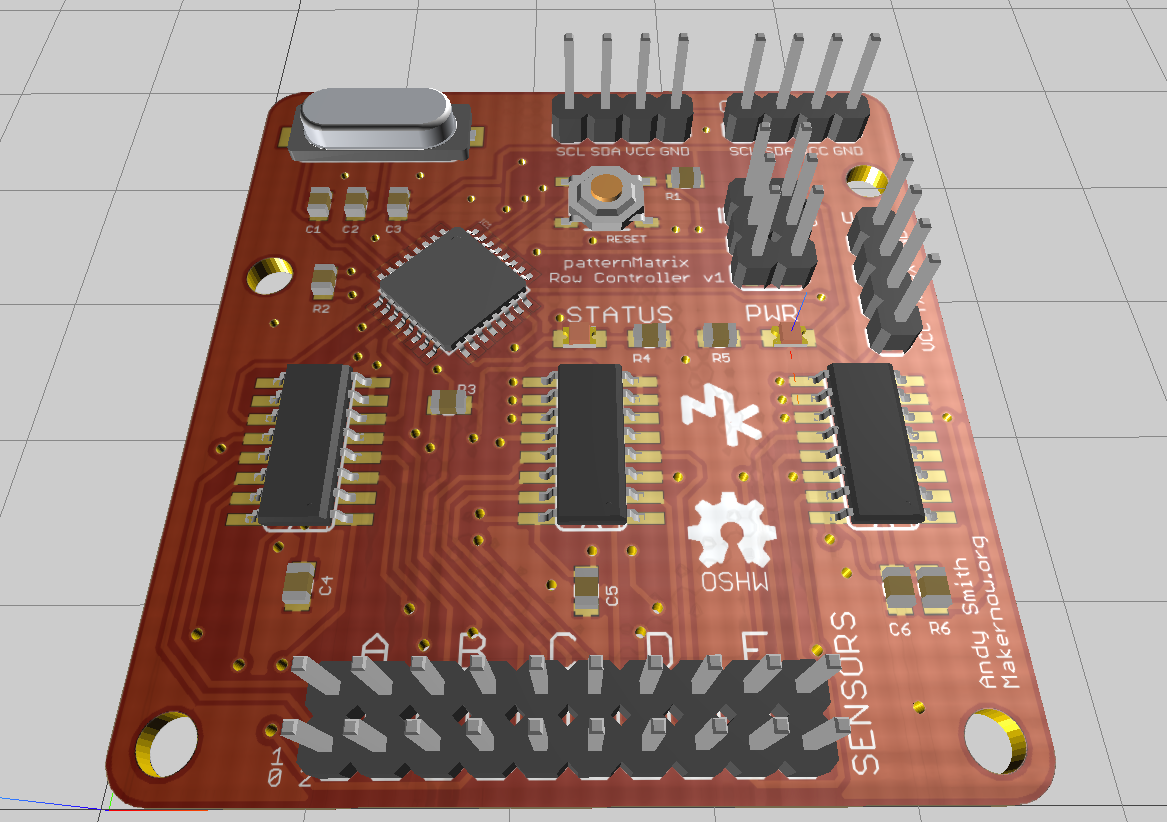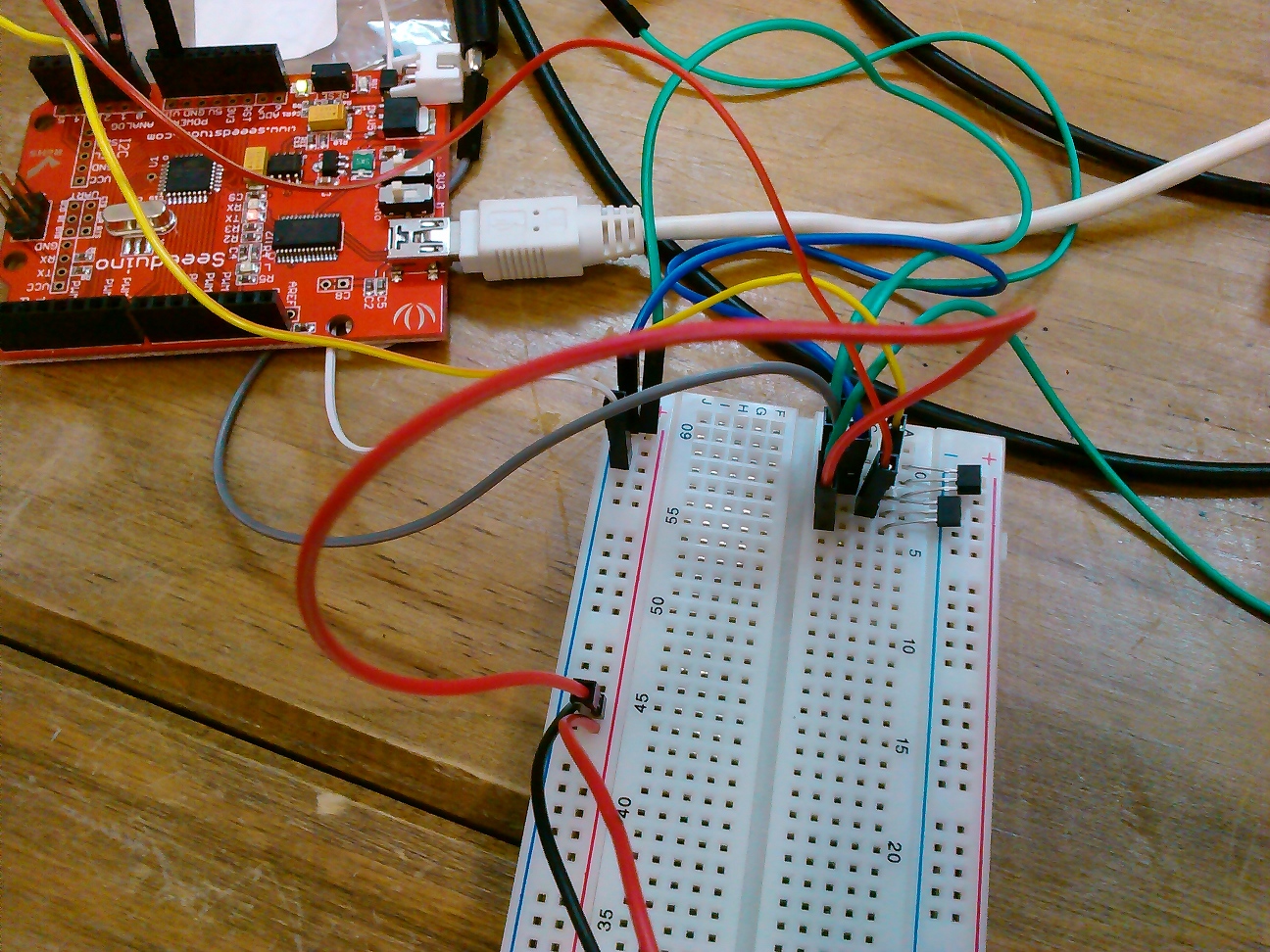Renate Wieser and Julian Rohrhuber are the people who first introduced Ellen with Alex and me, and Julian is also officially a member of this project’s Steering Committee – so it’s great to be able to invite him to co-author this post on our ‘coding with knots’ seminar at the Institute for Music and Media in Düsseldorf. My teaching role there gives us an opportunity to look at one of the intriguing technology histories related to the weavingcodes project, the Inca quipu.


We decided to base the seminar around finding ways to understand the quipu and the data they contain in their knots. Much of this is still a mystery to archaeological research, and while we can’t be expected to make great breakthroughs in ‘cracking the code’ over a couple of days – there is value in bringing a cross-disciplinary approach to the problem as artists, musicians and programmers.
This was also to be our first experiment in remote teaching, with Dave working from Foam Kernow in Cornwall and using online tools to create a shared space with IMM in Düsseldorf. We could write quite a bit more about this aspect alone, for example it turned out that mirrors are critically important in this situation:
We had prepared a small ‘toolchain’ for the seminar, starting with the Harvard quipu database which currently provides data for 248 quipus. We also had python code for processing/analysis of this data, using graphviz for visualisation and a supercollider parser for the dot files used by graphviz so we could move on to sonifying them.
To start with Dave briefly introduced the Inca civilisation, some of their scientific achievements and very different understanding of time and how much of this culture remains in current societies in the region. We looked at the context in which we think quipus were used, as the basis of organisation (with threads) of a large empire with no money or other forms of written record. Moving on to our tools we explored graphviz, and experimented a little with improving the visualisation then moving in to the world of supercollider we explored the data provided by the dot files.
It turned out to be too limiting to interpret only the graph drawing instructions in supercollider, so we found we could include more complete information as ‘hidden data’ (twist, length of the pendants or type, value and spin of the knots). These extra data elements could be added in such a way as to make them silently ignored by graphviz for visualisation. This saved a lot of time needing to come up with another intermediate format.

We also needed some overview of the entire database, in order to search for interesting quipu to sonify. Various quipus have been partially understood, for example some possibly contain data structures for calendar information based on solar and lunar time. Others contain accounting data, with matching hierarchical records found in other quipus. The most mysterious are so called ‘narrative quipus’ which don’t seem to fit the decimal system at all, meaning the knots don’t line up neatly in rows for reading in term of units, tens, hundreds and thousands.
When the significance of the structure of a specific medium is unknown, sonification can be a way to gain new insight. There are various reasons for this, which have partly to do with the way understanding is coupled with perception, partly also simply with the fact that listening takes time and this is time we spend with absorbing a texture and its potential internal connections.
But there are very many different sonification approaches in a sonification laboratory – which one to choose? In the seminar we discussed for a while the general problem, namely how to understand graphs as time series, which is not always easy: many different non-trivial paths are possible. The quipus have a very distinct shape: a rather long series of small graphs, each of which have a couple of potentially relevant, but very different dimensions (such as color, number, length). Because sonification is particularly good at giving insight into parallel serial data, our first sketch was to treat the series of pendants from one end of the primary cord to the other, as a series in time (as you would do with a text).
The current state of research makes it plausible that the colours used in quipus are of significance, but it is so far unclear of what. The shades of colours are subtle, as is their possible meaning. To start with, we sonified the colour pattern of the quipu UR004 in a very simple way: a series of very short sine tone chords represent the red, green and blue components:
This causes tones of grey to sound like a single tone, and the difference between components stands out as distance between separate partials. A rather simplistic sketch as it is, it nevertheless revealed a surprisingly rich rhythmic structure, which would be easy to overlook visually. This gave us some confidence that we should pursue this direction a little further.
The next day we began by going back to the data formats, and Dave included a number of data dimensions to the graphviz files. Especially interesting were arrays of colours, which represent alternating coloured threads, and some binary opposed properties, like ply and knot orientation. Some more reading about the interpretations of archaeological findings, we found two promising quipus which made us curious. The paper by Juliana Martins on the astronomical analysis of an Inca Quipu pointed to two interesting candidates from Leymebamba (UR006 and UR009), which we began to work on in the afternoon.
Here is a first result (UR006):
You can hear in this example that each short sound event (about 1/10 of a second an shorter as we go down the subsidiaries) has a number of independent timbral properties. Here is an overview of what “quipu dimension” is mapped onto which sound dimension:
| colour | sine tone spectrum of three partials |
| branching level | duration between sound grains (inter onset duration) |
| colour | sine tone spectrum composed of three partials |
| pendant length | duration of each sound grain (relative to inter onset time) |
| pendant attach (verso or recto) | pan position left or right channel |
| pendant ply (S or Z) | envelope shape (audible as “inversion effect”) |
| unknown values | are usually interpreted as neutral (pan) or low (colour) |
The moments of audible acceleration result from areas with many pendants that have subsidiaries (side branches). In various dimensions rhythmic patterns appear, which partly coincide and partly remain independent. Also, in some moments, we can hear sudden changes of the overall pattern, indicating a transition into a different logic.










